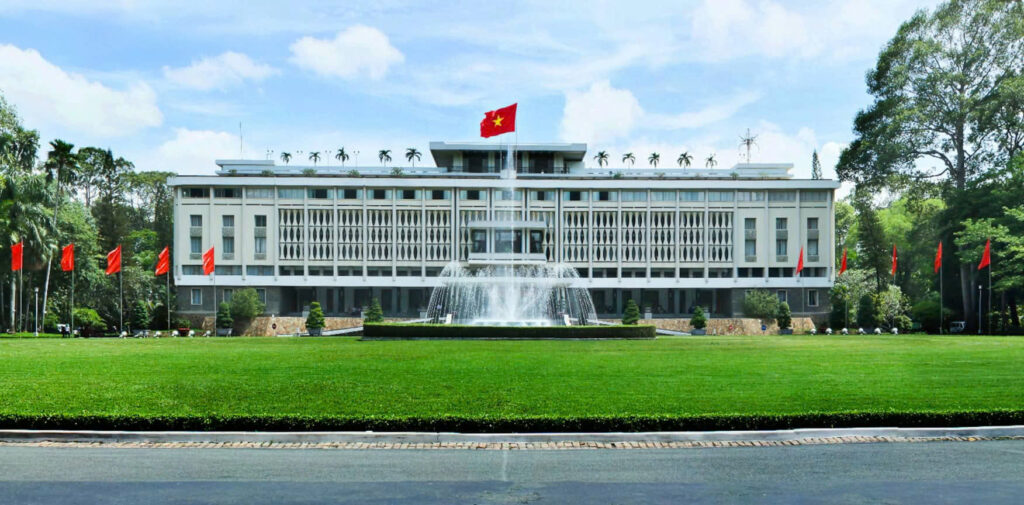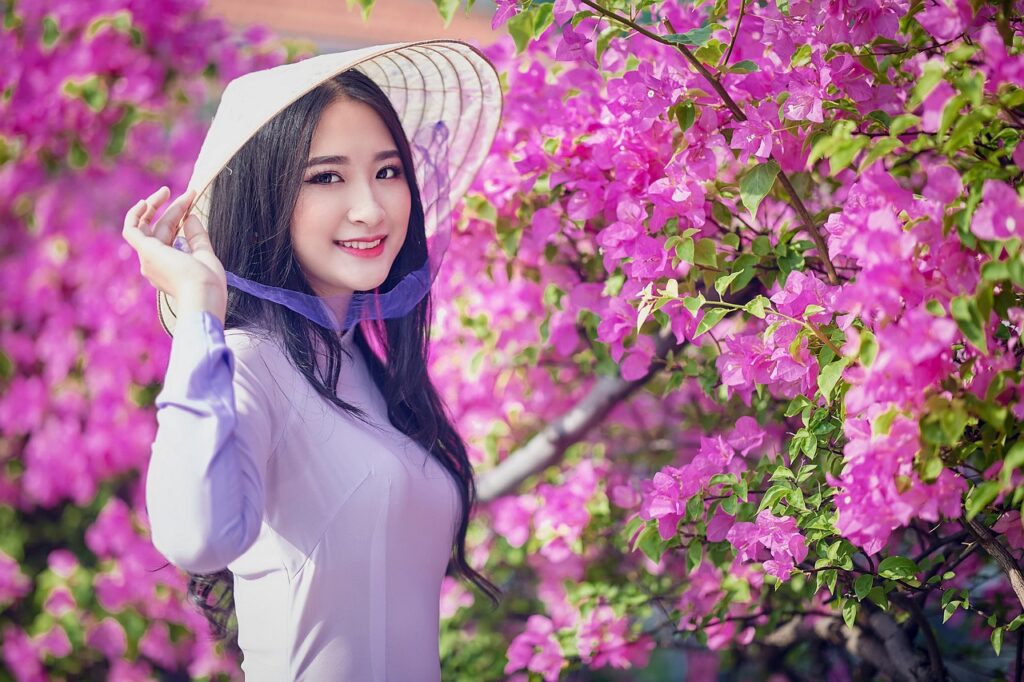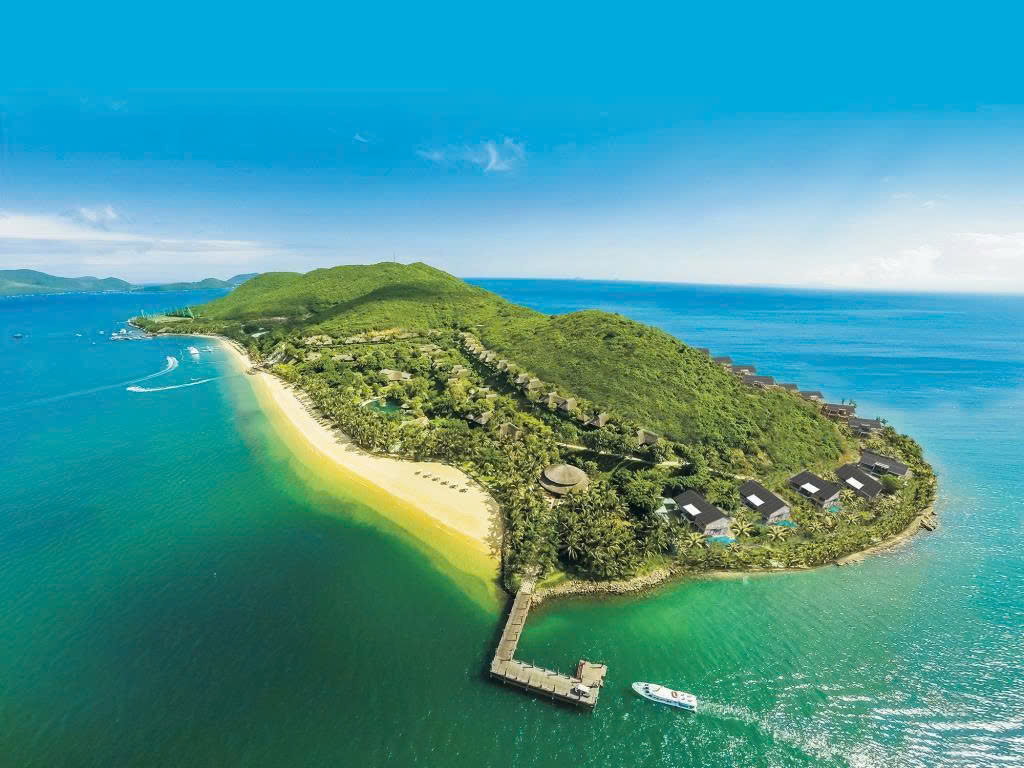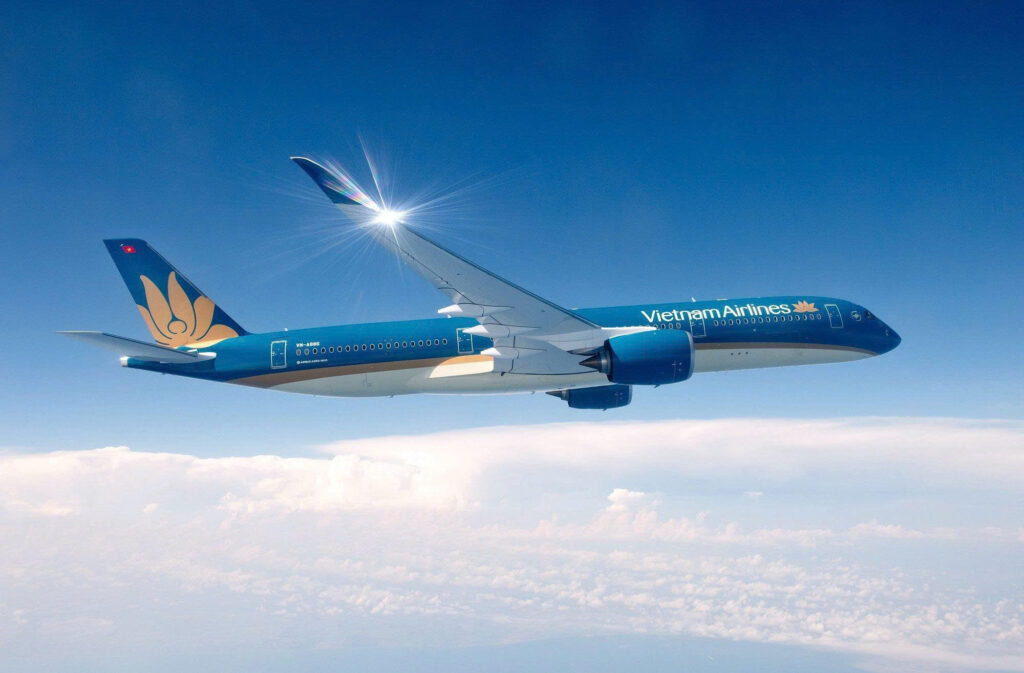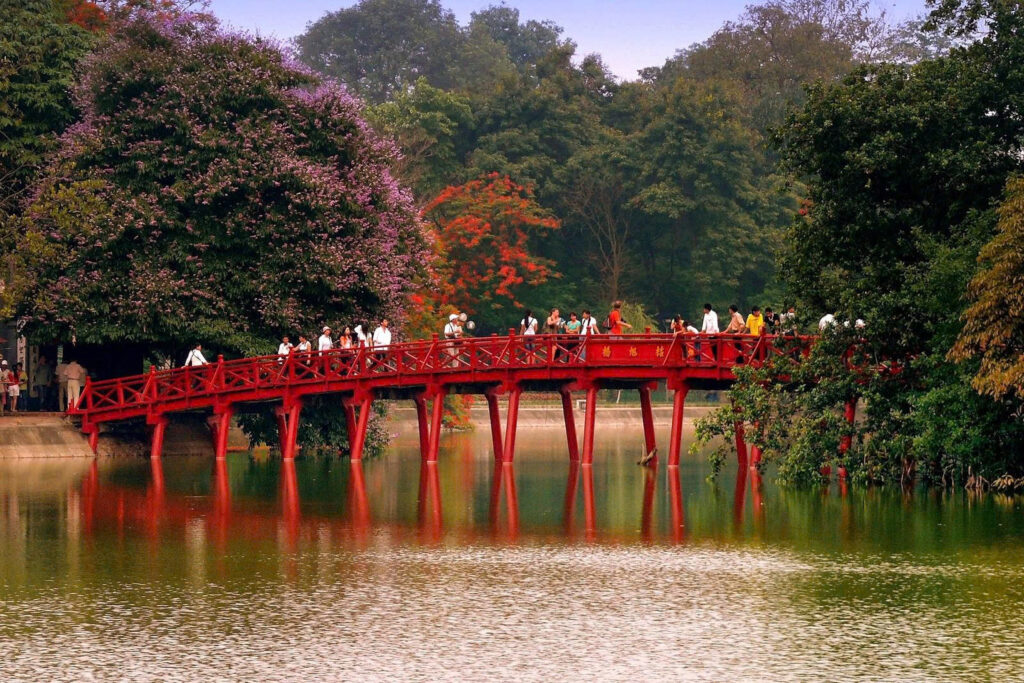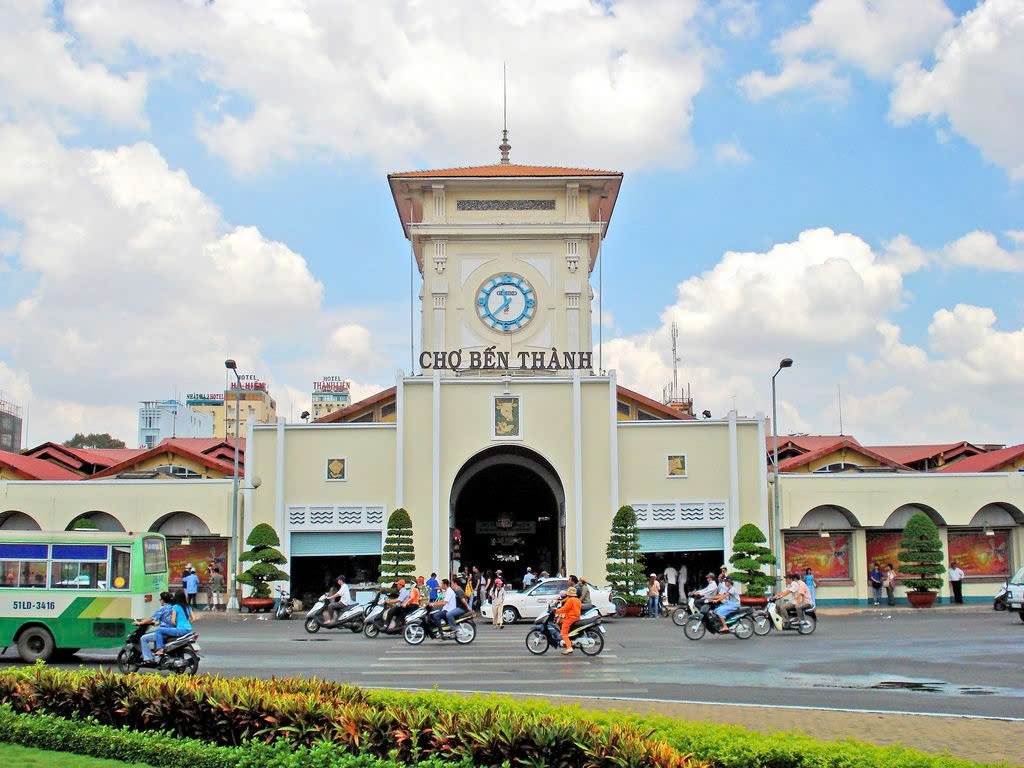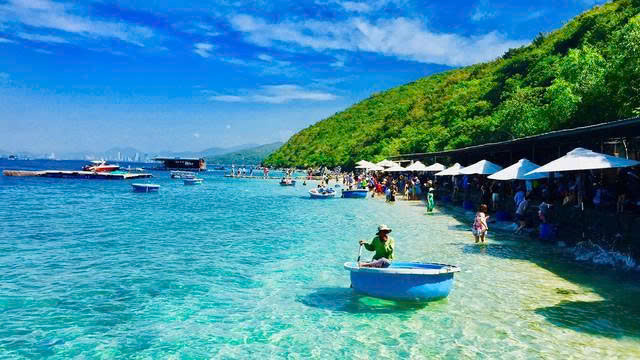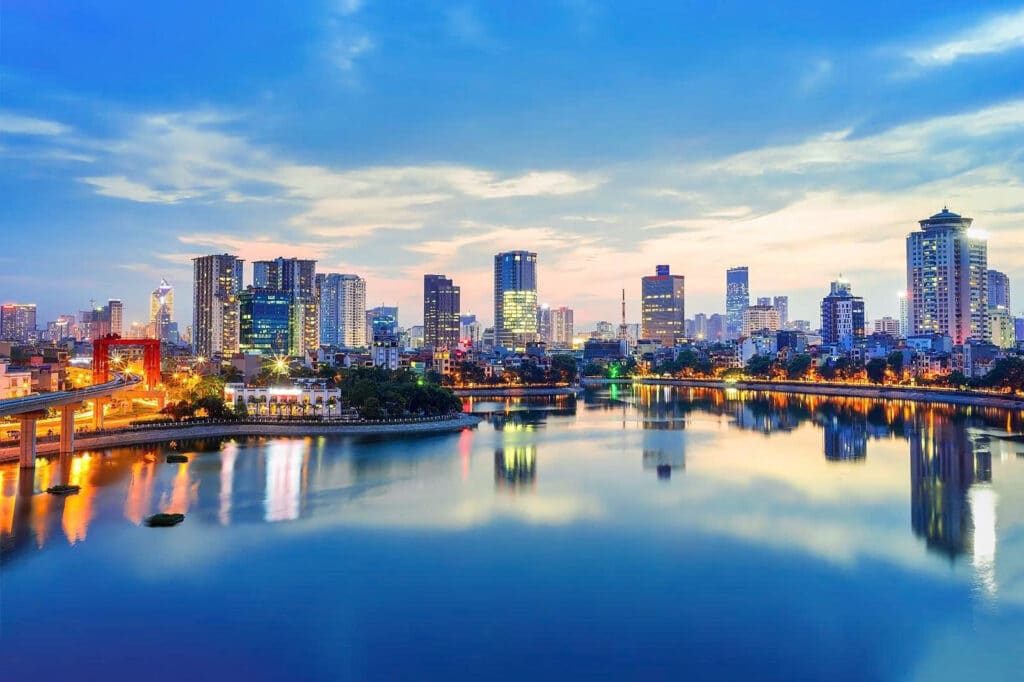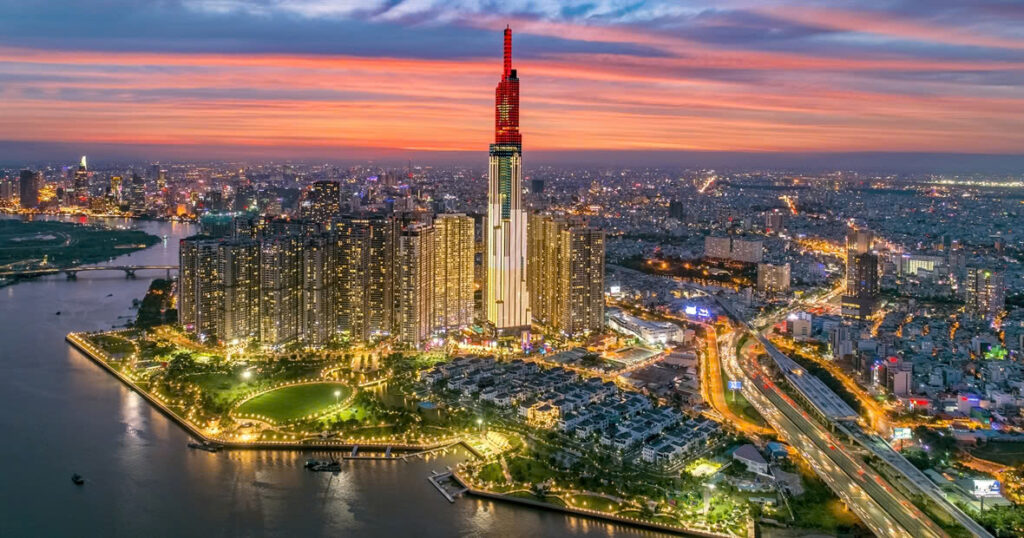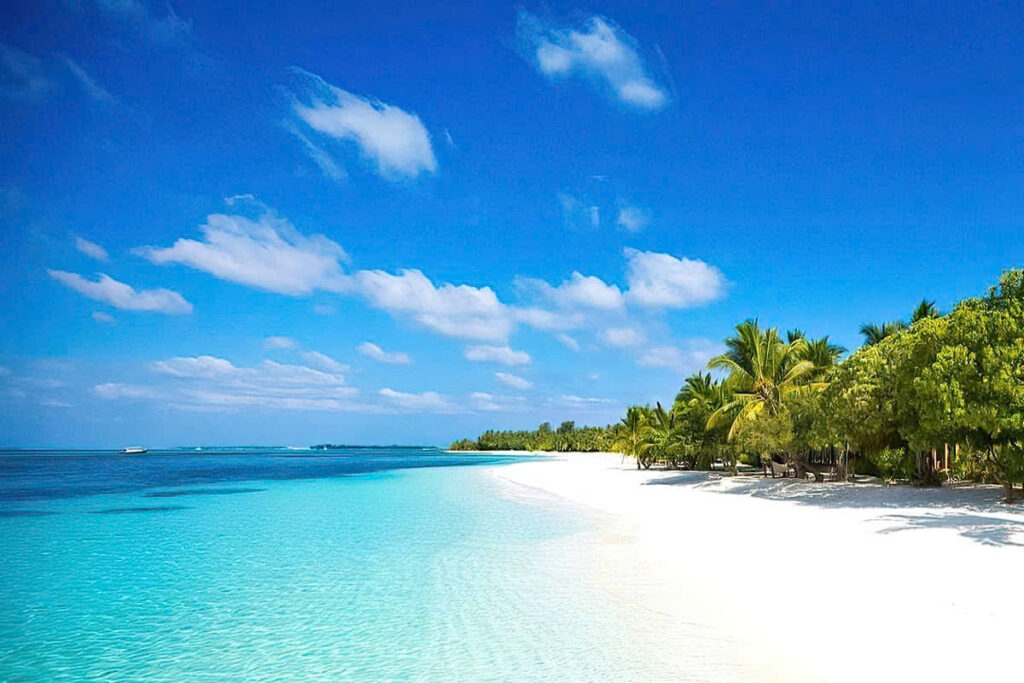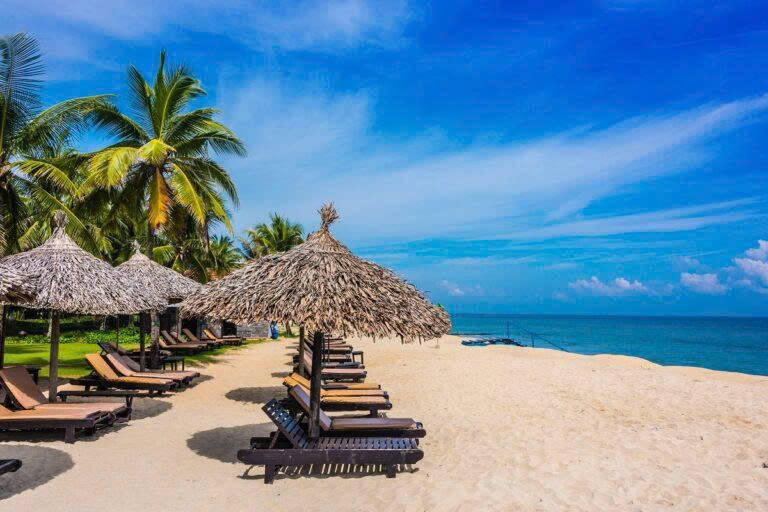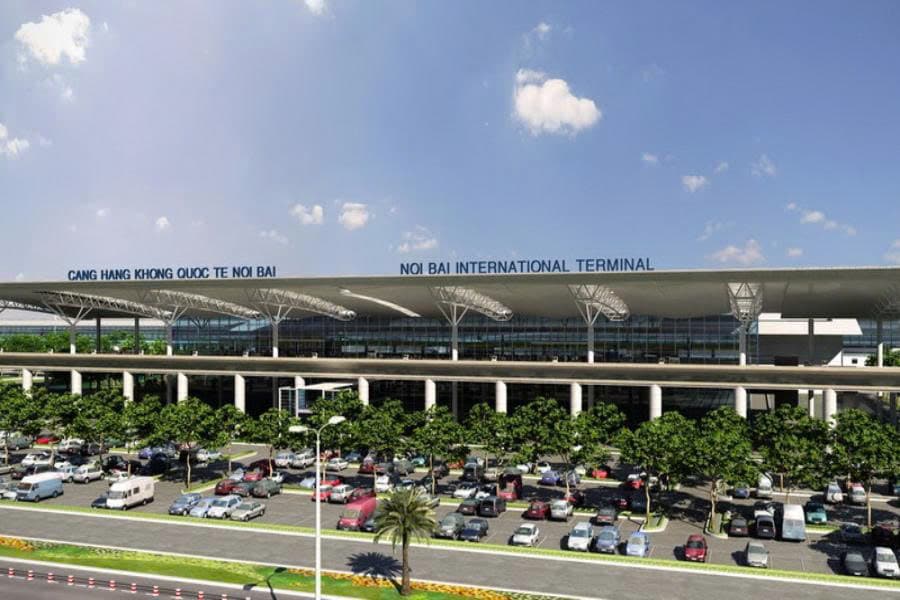The Independence Palace Ho Chi Minh City stands out due to its architectural value, but equally important is its symbolic representation of peace and national reunification. This is a top attraction for visitors in Ho Chi Minh City, especially around April 30th each year.
Architectural Design and Features
The groundbreaking for the Palace occurred on the first day of July in 1962, marking the beginning of a project brought to life by the designs of Ngo Viet Thu. A significant figure in Vietnamese architecture. Thu was the first from his nation to be awarded the prestigious Grand Prix de Rome.
The overall shape of the Palace resembles the Chinese character “Cat,” symbolizing auspiciousness and good fortune. A notable architectural feature is the stone flower curtain, which elegantly mimics bamboo joints and surrounds the second floor. Inside, the design primarily features straight, clean lines, reflecting a sense of discipline and solemnity.
The Palace incorporates a total floor area measuring 20,000 square meters. It occupies a 4,500 square meter campus and stands 26 meters tall. It includes a ground floor, two mezzanines, two basements, and a helicopter pad on the roof. Over 100 function rooms, each with a distinct style, include the reception hall, the cabinet meeting room, the president and vice-president’s offices, the credentials presentation room, and the state banquet hall.
Explore Independence Palace: A Journey Through Vietnamese History
Independence Palace in Ho Chi Minh City attracts many visitors, especially during holidays. This landmark showcases Vietnam’s rich past. Let’s explore its key areas.
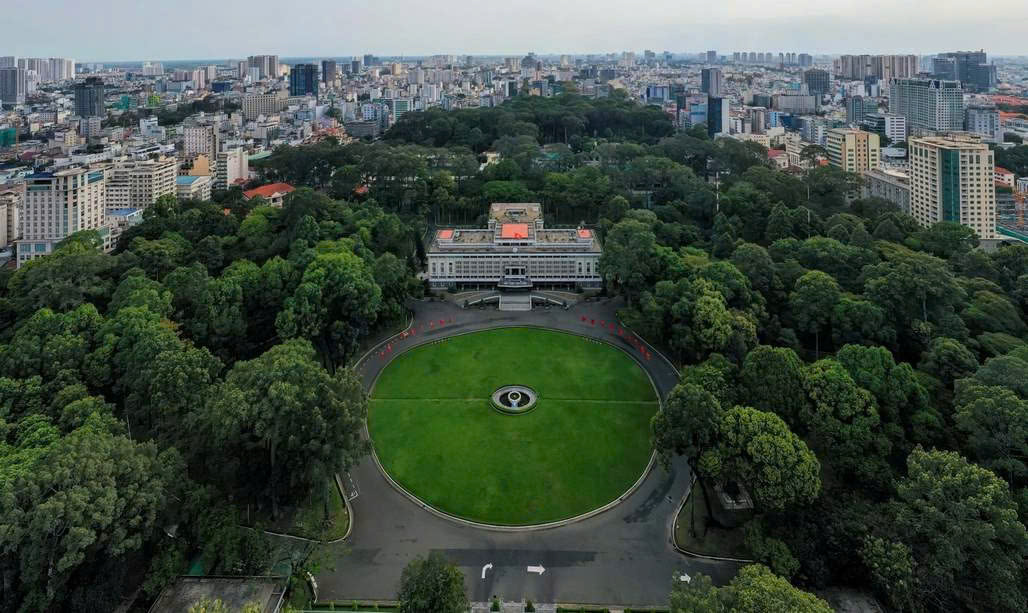
The Credentials Hall: Diplomacy Unveiled
Before 1975, ambassadors presented credentials here. They met the President of the Republic of Vietnam. Artist Nguyen Van Minh designed this hall. He used Japanese-style lacquer art. The “Binh Ngo Dai Cao” painting is a highlight. It features forty panels. This artwork shows peaceful 15th-century Vietnam. King Le Loi’s victory over the Ming army is central. Also, eight symbolic torches line the walls. They light up for important diplomatic events. Notably, the final credential presentation occurred here. It was on April 18, 1975. President Nguyen Van Thieu welcomed Hiroshi Hitomi, the Japanese Ambassador.
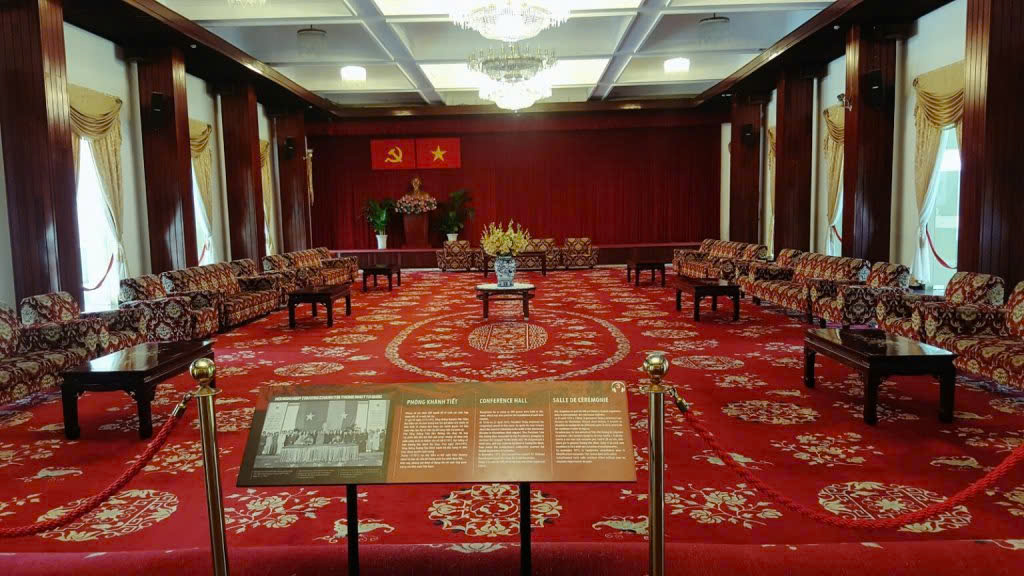
Presidential and Vice-Presidential Suites: Inside the Leadership
The second floor houses the Presidential reception area. It has two connected rooms. In the first room, the President’s chair is higher. Behind it, a wooden panel once displayed Vietnam’s flag. The next room has a simpler design. It features two lacquer cabinets. They show “apricot, orchid, chrysanthemum, bamboo.”
The Vice-President’s reception room has dominant yellow colors. You see it in curtains and furniture. Two lacquer paintings decorate this room. One shows Hanoi’s Khue Van Cac. The other depicts King Tran Nhan Tong’s 13th-century walk.

The State Banquet Hall: Grand Events Hosted
The State Banquet Hall hosted over 100 guests. Warm yellow tones create a formal yet welcoming space. The painting “Non song gam voc, co cay thai binh” hangs centrally. Architect Ngo Viet Thu gifted it. Significantly, President Nguyen Van Thieu held his final banquet here. It was for the US delegation on March 1, 1975.
The Basement: Wartime Secrets Revealed
Many visitors find the basement fascinating. Engineer Phan Van Dien designed this strong structure. It is 72.5 meters long and up to 22.5 meters wide. Concrete corridors connect the rooms. These rooms have 5 mm thick steel walls. They also have a separate air system.
Area 1 was the central command post. It housed the staff office and a radio station. It also had a telephone exchange and communication rooms. The US government supplied all equipment in the 1960s.
Area 2 is 2.5 meters underground. It has 1.6-meter-thick concrete walls. These walls could withstand 2,000 kg bombs. A direct staircase connected this area to the President’s office. This was for emergencies. Currently, the public cannot enter this section.
The President’s war room was on the first basement level. This was the strategic hub during critical war times. This small, strong room had thick walls. It also had advanced US communication technology. Inside, there was a desk and military maps. Encrypted phones and communication devices were also present. These allowed the President to command remotely when unsafe above ground. People considered this room the Palace’s “backup brain” in Saigon’s final days.
Historical Artifacts: Jeep and Plane Tell Tales
After leaving the basement, visitors see the M151A2 Jeep. This vehicle transported President Duong Van Minh to Radio Saigon. The date was April 30, 1975. From there, he announced the unconditional surrender. This ended the Saigon government. It also started national reunification.
On the rooftop, the F-5E aircraft is on display. Pilot Nguyen Thanh Trung flew this plane. He bombed the Palace on April 8, 1975. The attack caused minor damage. One bomb partially collapsed the roof. This event was important in the war’s final stages.
The Iconic Tanks: Symbols of National Victory
Near the left exit are two tanks, numbered 843 and 390. The image of these tanks crashing through the Palace gates on April 30, 1975, is a strong national symbol. This event ended the Ho Chi Minh Campaign’s victory. It also marked the start of national reunification.
Plan to Visit to Independence Palace
Independence Palace is a key Ho Chi Minh City landmark. Many visit, especially during holidays. It opens daily, including holidays. Special events are exceptions. Visiting hours are 8:00 AM to 4:30 PM. Tickets are sold from 8:00 AM to 3:30 PM. Two ticket options exist: 40,000 VND ($1.5) for the Palace (excluding the exhibition) and 65,000 VND (2.5) for the Palace and the exhibition.
To explore more about Ho Chi Minh City, visit: Ho Chi Minh City: 10 Best Things to Explore

